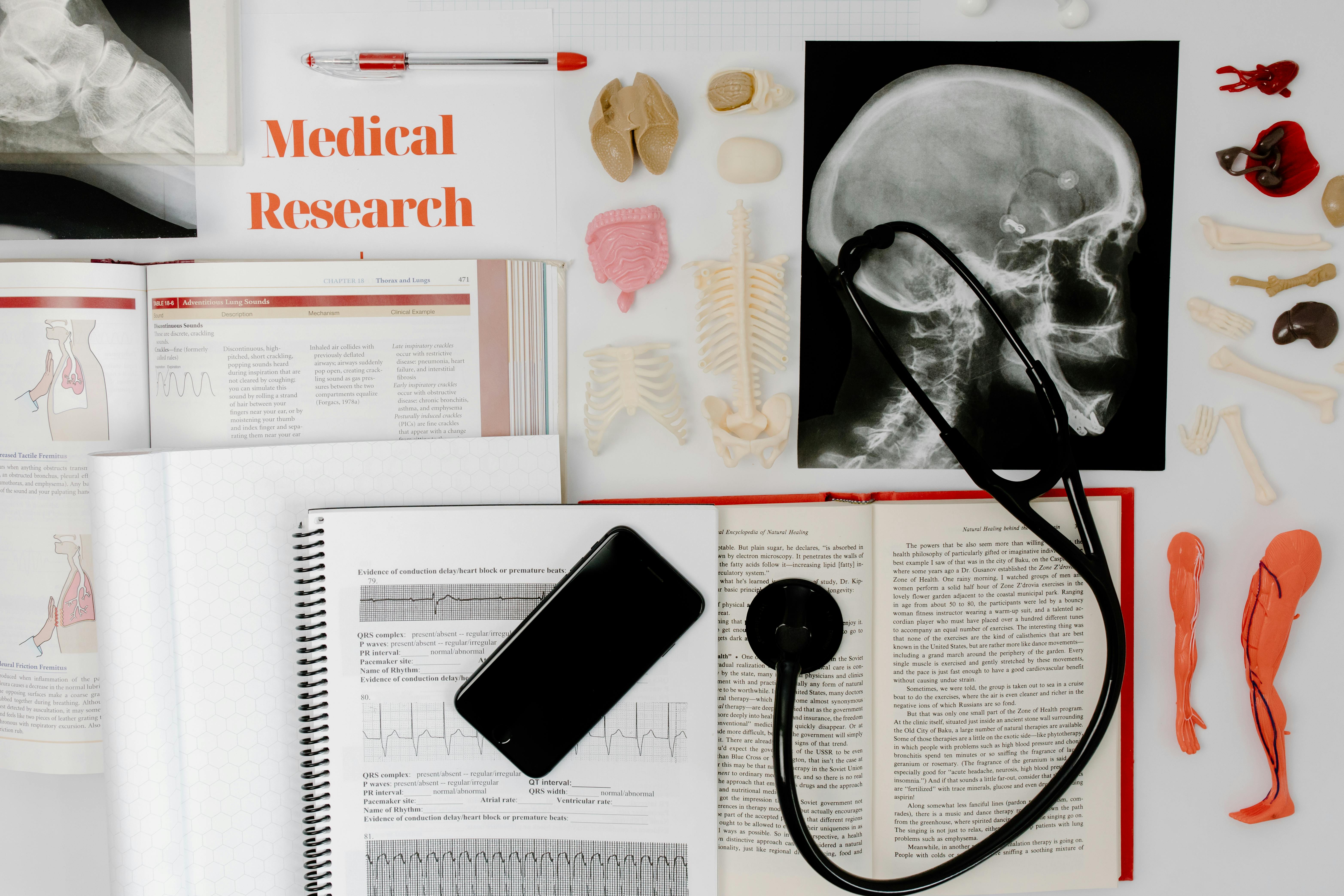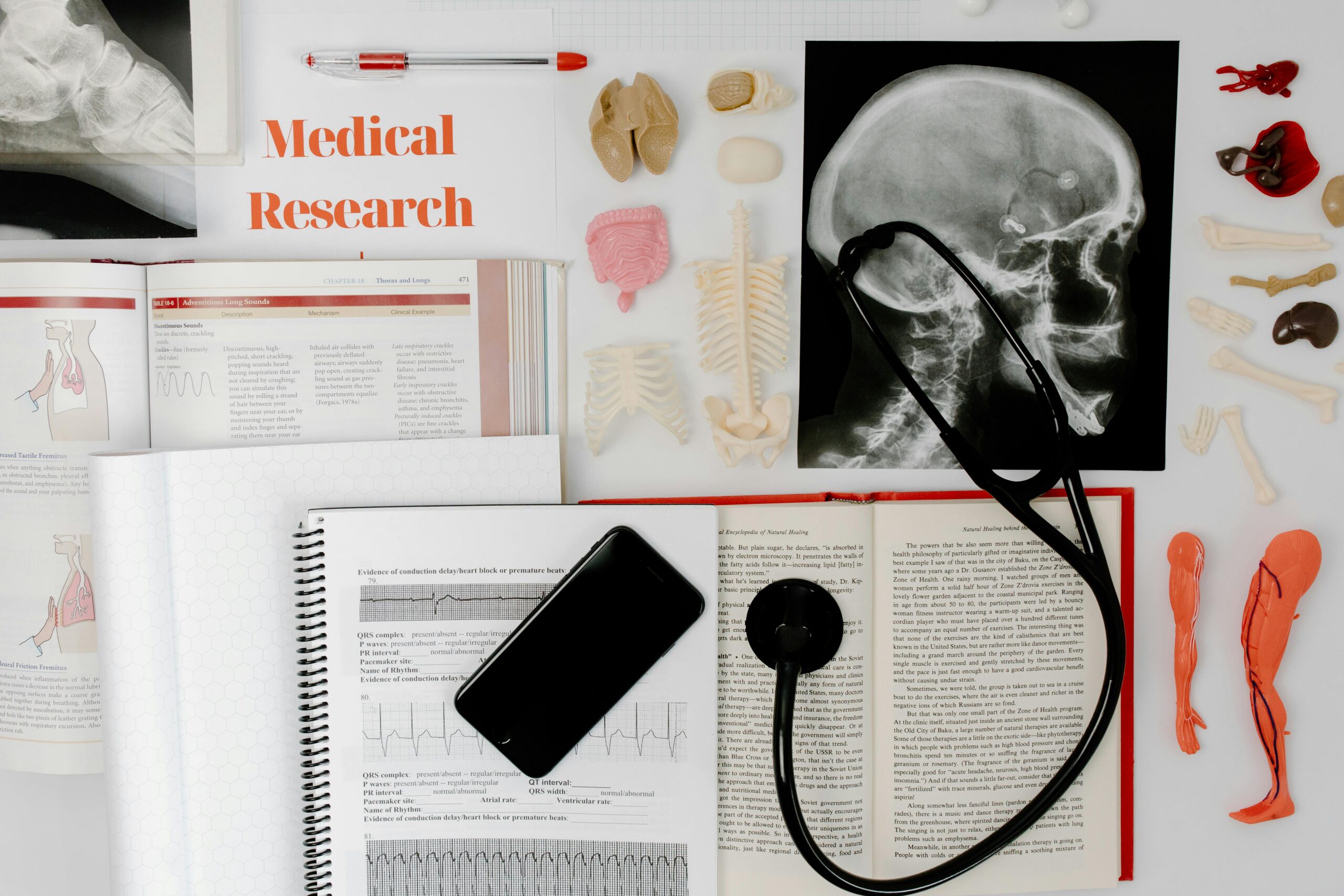Top 12 Best Medical Books for Aspiring and Practicing Professionals
Medical knowledge is vast, ever-evolving, and crucial to human well-being. Understanding the best medical books available can significantly shape your journey—whether you’re a pre-med student or an experienced physician. This guide explores top titles across categories, including anatomy, diagnostics, and clinical practice, to support your goals in the medical field.

Understanding the Fundamentals
The foundation of a medical career lies in grasping the core concepts that underpin biological systems, diagnostics, and patient care. Medical books that explain these fundamentals are essential for students and professionals alike.
From early anatomy studies to understanding disease mechanisms, fundamental medical books provide clarity and continuity. They’re the pillars upon which advanced knowledge is built, often used in universities and hospitals globally.
1.1 Anatomy and Physiology
Anatomy books such as Gray’s Anatomy or Atlas of Human Anatomy by Netter remain essential. These classics break down the structure of the human body using detailed illustrations and descriptions. A 2023 study showed students using visual-focused textbooks retained 38% more information over time.
These books help learners visualize organs, muscles, and systems, serving as cornerstones for later surgical or clinical practices. A common misconception is that anatomy can be memorized alone—it requires contextual understanding to be truly useful.
1.2 Pathophysiology and Disease Mechanisms
Unlike anatomy, pathophysiology dives into what happens when systems fail. Titles like Robbins & Cotran Pathologic Basis of Disease are often cited for their in-depth look at disease progression.
This category helps bridge the gap between normal function and clinical symptoms, guiding students and clinicians in diagnosing and treating patients effectively.
Practical Implementation Guide
Once the fundamentals are mastered, applying them through clinical methods becomes vital. Practical guides support this shift from theory to real-world application, enhancing both confidence and competence.

2.1 Actionable Steps
- Choose targeted materials: Books like Bates’ Guide to Physical Examination provide step-by-step procedures that align with clinical standards.
- Use checklists and charts: Tools included in many practice guides streamline diagnostics and reduce error.
- Set reading goals: Divide chapters by week, and test yourself using review questions commonly included in the back.
2.2 Overcoming Challenges
Common challenges include information overload, outdated material, and lack of clinical context. To overcome these:
- Use updated editions of your best medical books.
- Pair reading with hands-on simulations or shadowing experiences.
- Join study groups to discuss and simplify difficult topics.
Watch for signs like lack of retention or skipping critical content. Expert tip: Follow active recall and spaced repetition for maximum benefit.
Advanced Applications
After mastering basics and practical approaches, exploring advanced resources can broaden expertise. These books often focus on specialty fields or high-level clinical decision-making skills.

3.1 Internal Medicine Mastery
Books like Harrison’s Principles of Internal Medicine offer comprehensive knowledge in managing complex diseases. These books are ideal for residents or doctors prepping for board exams. Case studies, flowcharts, and epidemiological data make these texts indispensable.
3.2 Surgical and Emergency Applications
Sabiston Textbook of Surgery and Tintinalli’s Emergency Medicine guide readers through critical interventions, trauma management, and decision-making under pressure. Compatibility with procedural simulations enhances their value in modern education.
Future Outlook
As medicine integrates AI, telehealth, and genomics, the next generation of best medical books will adapt to new paradigms. Trends include interactive eBooks, 3D anatomy visualizations, and real-time clinical update platforms.
Readers should look for titles that include online access codes, mobile compatibility, and multi-format learning tools. Staying current ensures both competitiveness and care quality in a fast-evolving field.
Conclusion
To recap, the best medical books offer foundational knowledge, practical applications, and advanced insights. Titles like Netter’s Anatomy, Bates’ Physical Exam, and Harrison’s Internal Medicine should be part of every serious learner’s library.
Whether you’re starting your medical education or looking to deepen your clinical knowledge, choosing the right books can transform your journey. Begin by selecting 1–2 titles from each category and build your collection from there.
Frequently Asked Questions
- Q: What is the best book to start studying medicine? Answer: Most beginners start with Netter’s Atlas of Human Anatomy or Guyton and Hall Physiology for clear and illustrative explanations.
- Q: How should I begin reading medical books? Answer: Start with foundational topics like anatomy and physiology, dedicating 1–2 hours a day using note-taking and self-tests to reinforce learning.
- Q: How much time should I invest in each medical book? Answer: Depending on complexity, expect to spend 2–4 weeks per book with consistent daily study and review sessions.
- Q: Are medical books expensive? Answer: Prices range from $30 to $200. Digital or used copies are affordable alternatives without losing content quality.
- Q: How do these books compare to online resources? Answer: Books offer structured, peer-reviewed content, while online resources are more dynamic. A combination of both provides balanced learning.
- Q: Are these books difficult for beginners? Answer: Some can be complex, but choosing books with diagrams and summaries can ease the learning curve significantly.
- Q: What are good books for specialized fields like cardiology or neurology? Answer: Consider Braunwald’s Heart Disease for cardiology and Adams and Victor’s Principles of Neurology for neurology enthusiasts.
